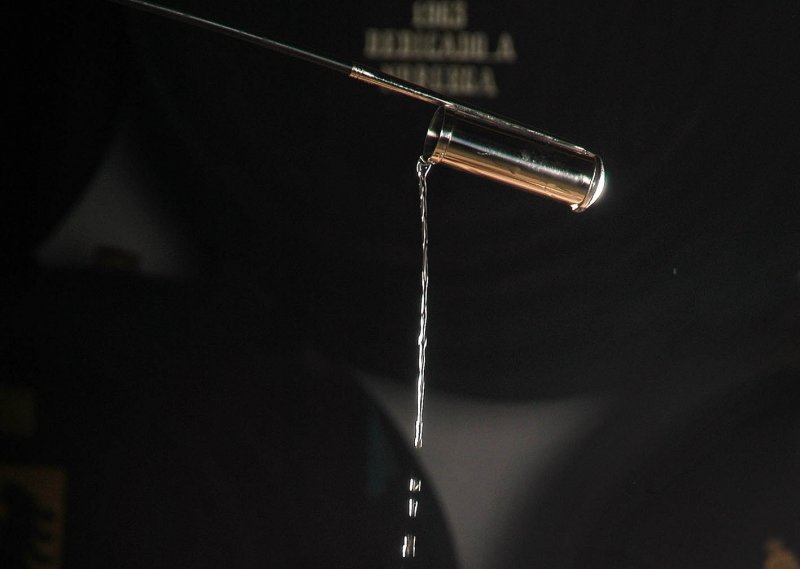
One of the oldest, most traditional and genuine of the many trades to be found in the Jerez Region is that of the Venenciador. Ever since sherry first began to be traded (which is the same as saying ever since Sherry wines were first produced and appreciated) it has always been necessary to establish quality and price by taking samples for tasting.
“The venenciador is the human face of Sherry in and outside of the Bodega.”
When wooden butts started to be used for the storage, ageing and transport of Sherry wine, the way in which tasting samples were obtained began to involve determining factors which called for the use of special techniques. A Sherry butt is made with a bung-hole in the centre of one of the lateral staves which sits at the top when the butt is placed horizontally in its andana or row of butts inside the bodega. When samples of the content of each butt are required for tasting they are extracted through this bung-hole, known as the bojo of the butt.
In addition to the processes involved in the sale and purchase of Sherry, the extraction of samples is frequent practice in the production process. From the first classification of must right through to the long process of ageing in the criaderas the bodeguero constantly needs to obtain and taste samples of the content of each butt. It is the venenciador who, over the centuries, has helped the capataz (bodega foreman) and catador (taster) to obtain their samples in the bodegas of Jerez, Sanlúcar and El Puerto. Sliding the venecia through the bung-hole they extract wine from the interior of the butt and skilfully pour it into a catavino glass for the tasters to verify its bouquet and specific characteristics.
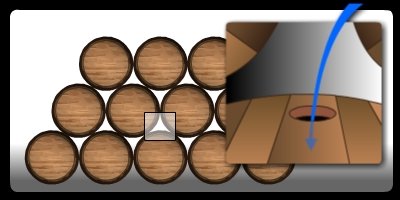
The central part of the butt, well below the surface but without touching the bottom where sediment may be found, can only be reached by using a venecia. The venencia allows us to extract a small quantity of totally clear wine and pour it into the tasting glass from a height to help the wine to aerate and open up when it strikes the glass, thus enabling the tasters to fully appreciate its characteristics. It is, therefore, neither just a simple trade, nor merely a spectacular way to serve wine, but rather a task which is carried out daily in the bodegas and one which is absolutely irreplaceable.
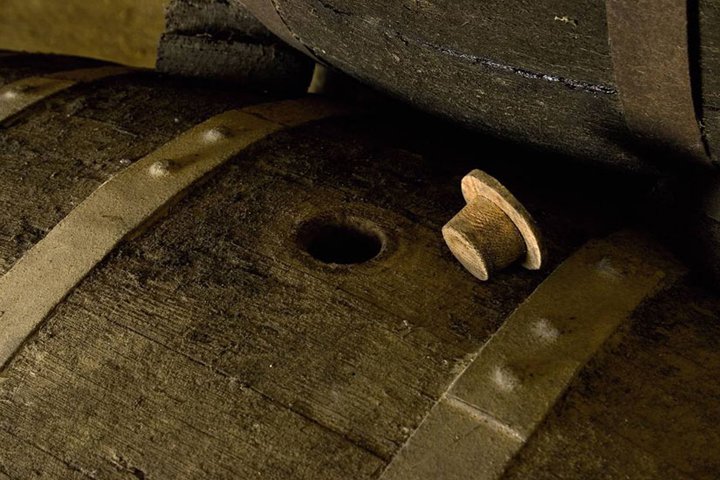
The venencia is the instrument which gives its name to the trade of the venenciador. Although its origins are none too clear, some authors state that they reach far back to ancient times.
In the Museum of Art History in Vienna there is a sample of Greek pottery which depicts a youth wielding an instrument bearing an extraordinary resemblance to our modern-day venencia. According to historians this vessel, used for mixing and serving wine and water dating from 490 BC, shows a wine-pourer serving wine to Achilles, holding a sieve in his left hand (to eliminate impurities from the wine) and some sort of venencia in his right. The name of the instrument is directly related to its traditional role in the sale and purchase of wine, in which it was always necessary to reach an agreement (in Spanish "avanencia") on the price. The venencia is an instrument made up of a long flexible shaft, at one end of which is attached a cup and at the other a hook. It therefore consists of three separate parts:
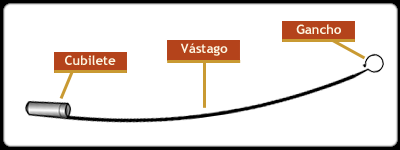
A more rudimentary version of the venencia is still widely used in Sanlúcar and is made from a single piece of reed or bamboo, from which a section between two knots is then carved to form the cup. The rest of the reed, approximately one metre in length and five millimetres in diameter, is used to form the shaft.
This is the origin of the characteristic local expression "a cane of wine" used in Sanlúcar to express the quantity poured into a small glass, with no foot, which here replaces the catavino glass used in Jerez.
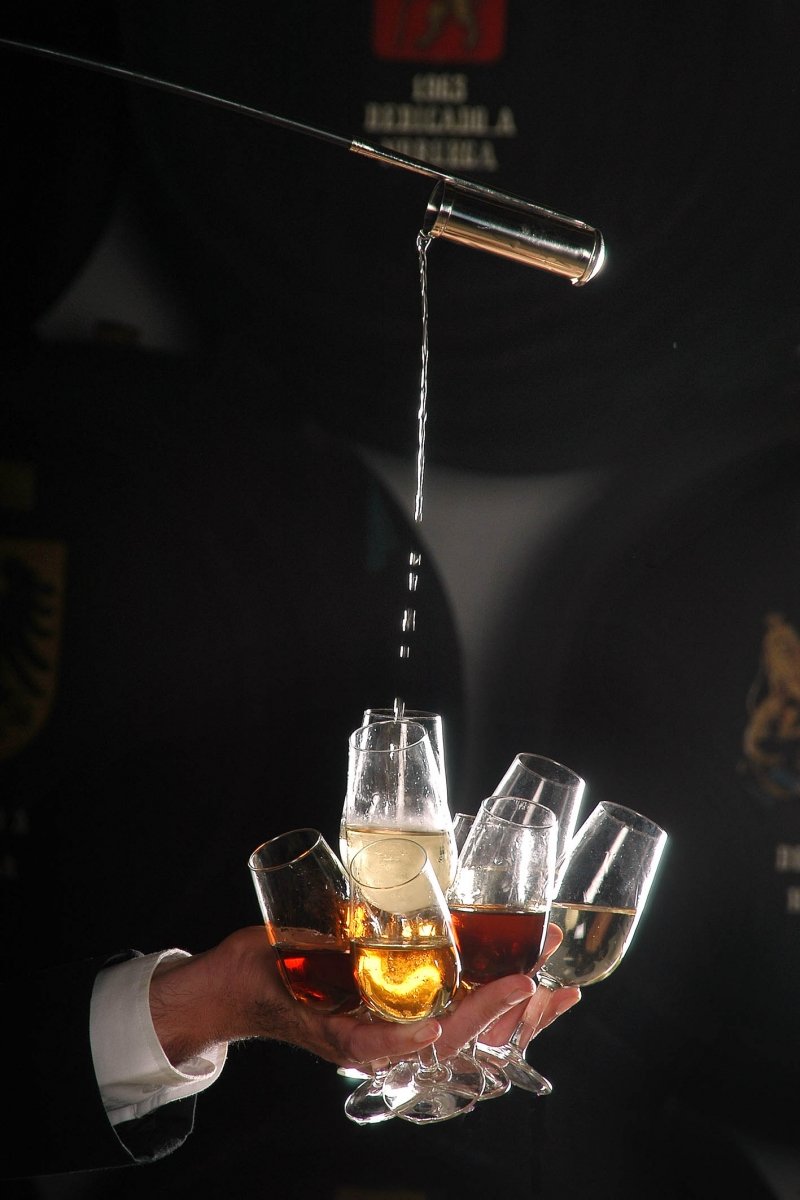
The venencia must be held by the shaft, placing the hand as near as possible to the hook. The most skilful venenciadores always hold the venencia by the very end of the shaft as in the bodega this allows them to reach the very centre of the butt and pour into the catavino from a greater height.
It must be held as if holding a pencil, between thumb, index and middle finger. It should not be grasped too tightly but swing freely, though held with sufficient firmness to prevent it from slipping. The venencia must enter the butt as upright as possible so as to create the minimum disturbance possible to the wine and most especially to the film of flor which covers the surface of fino and manzanilla wines in the bodega. Withdrawal of the venencia once the cup is full should also be carried out as vertically as possible. Once outside the butt with its cup full, the venencia is swung until horizontal to the floor. As the wine starts to pour out the veneciador will skilfully ensure that it falls into the catavino glass and that none splashes out. Venenciadores usually increase the distance between the glass and the cup of the venencia as the wine begins to fall, either by lifting the venencia or by lowering the hand holding the catavino. The degree of difficulty increases, however, if the catavino is already held at a certain distance from the very first moment the wine begins to fall
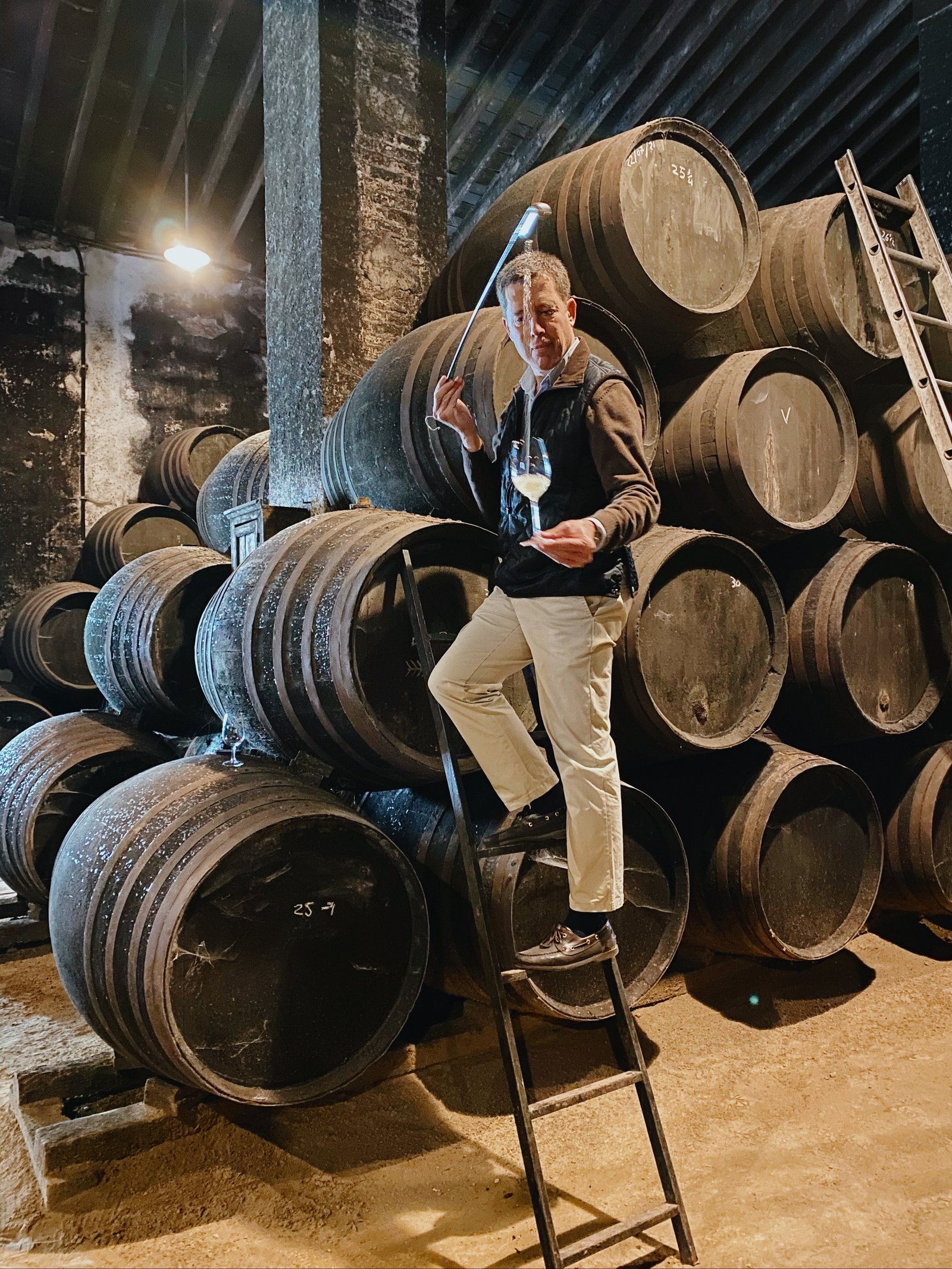
Bearing in mind that the shaft of the venencia is very flexible, as the cup at the end empties the weight at the end of the shaft decreases and as a consequence it therefore begins to straighten, thus becoming more horizontal. The expert venenciador plays with this effect in order to cause the wine to fall with a specific rhythm.
The finishing touch to the procedure is equally complicated, as it is necessary to prevent any drops from falling as the cup empties. In order to achieve this, the venenciadores execute a sudden, abrupt movement with the venecia to cut the pouring action short and thus prevent any such dripping.
As well as being the most practical of instruments used inside a bodega, the venencia is also used to serve Sherry by pouring it into the glass from heights of up to one metre or more, depending on the skill of the individual venenciador. During its long fall from the cup at the end of the venencia the wine is aerated, all its aromas then being released as it strikes the glass of the waiting catavino.
The opportunity to taste Sherry wines in all their splendour provided by the use of the venencia, along with the spectacular sight of the veneciador in action, has meant that these professionals have begun to take their skills out of the bodega and perform their trade at public events, celebrations or on any occasion where sherry or manzanilla wines have a role to play.